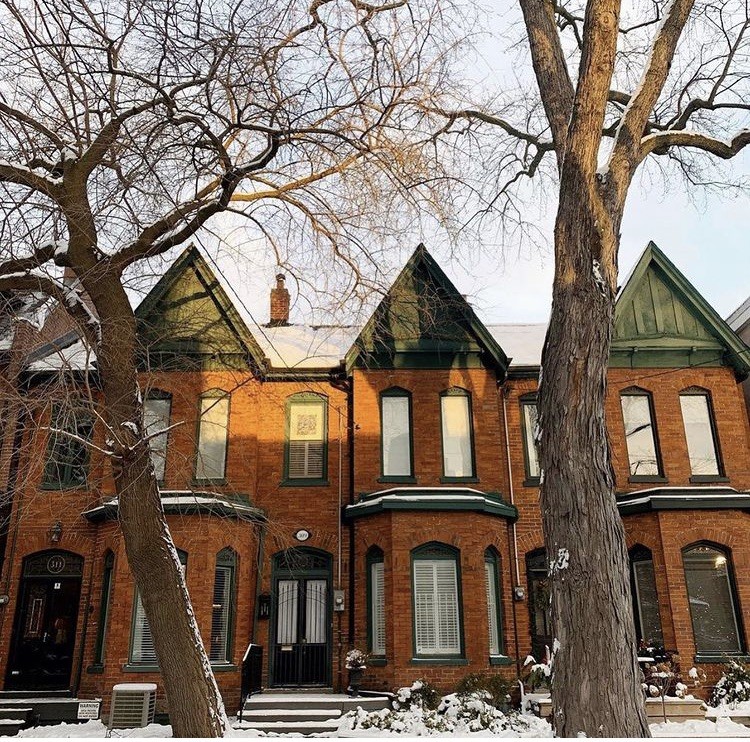You bought a new house! Congratulations! While it is undoubtedly a very exciting experience to move into your new home, there are several national and global influences at play that will shape the closing phase of buying a property this year.
If you’re preparing to move into new digs in 2022, here are a few things that you may want to take into consideration:
Furniture and appliance orders are still delayed
If you’re waiting on that sectional to arrive or the bed frame you love to come back in stock, you belong to the many people who have been impacted by furniture delivery delays and shortages. Canada is experiencing long delivery times thanks to a host of COVID-19 and global supply chain problems, from backed-up shipping ports to factory closures overseas.
Mortgage interest rates are staying low, for now
Since the Bank of Canada started cutting its overnight rate in 2020, new and existing mortgage holders have been able to take advantage of some of the lowest interest rates in history. That could come to an end this year, impacting those looking to lock in a mortgage on a new property.
In its final policy interest rate announcement for 2021, the Bank of Canada said that it intends to hold its 0.25 per cent overnight rate at that level until mid-2022. Between Canada’s Big Six banks, predictions have been swirling around a potential four quarter-point rate hike by the end of the year.
This could have a ripple effect on the housing market altogether, with some experts drawing comparisons to 2018, when interest rates increased three times and the stress test was introduced, dropping sales volume by 19 per cent. The current stress test rules for uninsured mortgages in 2022 so far remain unchanged.
Labour shortages are leading to higher costs
The residential construction industry has experienced widespread labour shortages, making new builds and home renovations take longer to complete and cost more money than usual.
Many tradespeople are hitting retirement age, and there aren’t enough young people or immigrants signing up to fill those jobs. Buildforce Canada estimates the construction industry will need to add more than 116,000 workers by the end of the decade to keep pace with expected demand growth and retirements.
The lack of skilled labour has increased demand for tradespeople to complete projects like kitchen and bathroom remodels, as well as flooring and electrical work. Keep that in mind and expect increased costs if you plan to begin any projects this year.
Surging lumber prices make construction more costly
Supply chain issues and reduced inventory resulting from natural disasters and the COVID-19 pandemic have sent lumber prices skyrocketing once again.
According to Random Lengths, lumber prices have nearly tripled since August!
Inventory issues stem from strong housing markets and a destructive summer wildfire season along the West Coast, while B.C.’s record November rainfall snarled supply chains and produced a backlog at the Port of Vancouver. The resulting project delays and increased demand for lumber led to the recent spike in prices.
Prospective homeowners should factor in rising lumber costs before choosing whether to proceed with new construction or renovation projects.
- Source: Livabl_.com
- Photo: @cabbagetownsouth Instagram





